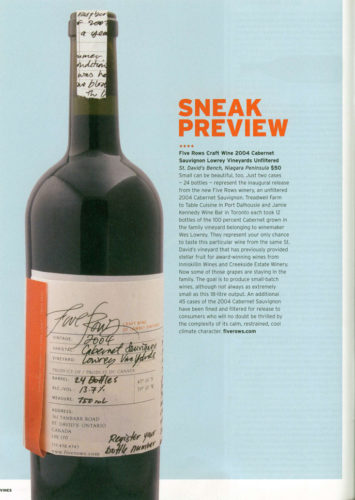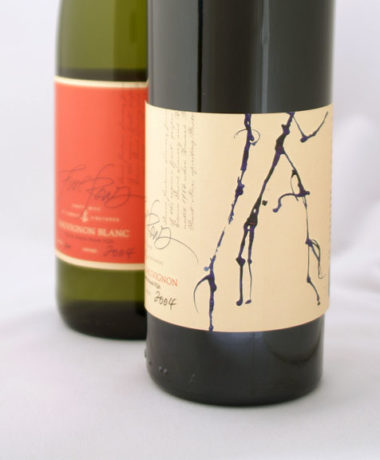The friendly little town of St. David’s was a great place to grow up. Family members lived around every corner, and the public school playground was within walking distance. Grandma Lowrey’s house was always a hub of activity after school, as my cousins and I feasted on cookies and went exploring around the farm until our parents got off work. Little did we know that the dirt we came home covered in would one day be heralded for “uniquely expressing regional wine character”.
“Terroir”, the French word for “soil”, means many things to many people, and has evolved into an all-encompassing term. I like to think of it as the combination of environmental, biochemical and geological factors that influence both the fruit of a growing grapevine and the resultant wine. It’s the “je ne sais quoi” behind many of the world’s greatest wines. That part of the wine that is seemingly out of our control and expressed in its unique taste, aroma and texture. The cool thing is that single varietal wines crafted from the same vineyard terroir tend to produce similar characteristics year after year.
We are located in the VQA Ontario “St. David’s Bench” Appellation. I’m not sure whether my Great, Great Grandfather was aware of all the potential “vinifera-growing” benefits of this site when settling here, but he did have a keen intuition for which fruit crops to plant back in his day. I’ll spare you the geology lesson, but the Bench and Niagara Escarpment combine to provide excellent air circulation, drainage, and groundwater supply. The ancient shores of glacial Lake Iroquois have left our vineyard with soils that range from sandy loam to clay loam and hard clay. Limestone deposits are also abundant, helping to add to the overall mineral complexity.
Looking back at some newspaper clippings of wines made from our Pinot Noir over the years, I was amazed to see the similarities in flavour descriptors used by the reviewers. In 1993, the Inniskillin Alliance Pinot Noir was described as having flavours of “candied cherry, raspberry, anise, earth, pepper, vanilla and firm tannin”. The 1999 Creekside Pinot showed “raspberry, violets and a touch of pepper” and the 2001 Creekside Pinot featured “cherry, beet root and smoky notes”. Our 2007 Pinot Noir is in its infancy right now, but the preceding characteristics could aptly describe this wine as well. I take no credit for this…chalk it up to the terroir.
Our First Review! : Check out the “Last Drop” column of the Jan/Feb edition of Vines Magazine (seen above) for a review of our 2004 Cabernet Sauvignon.


